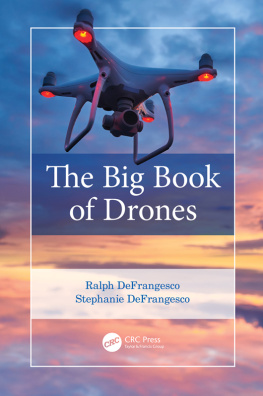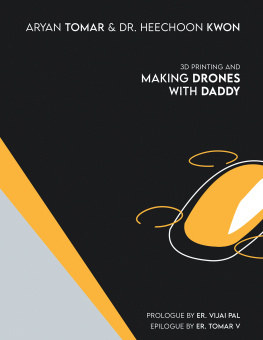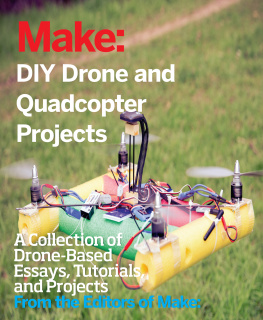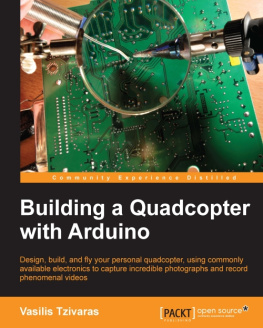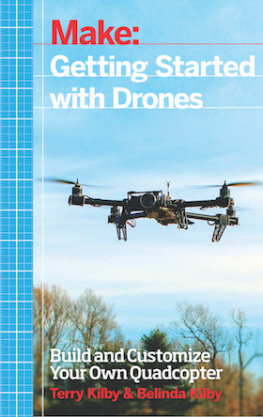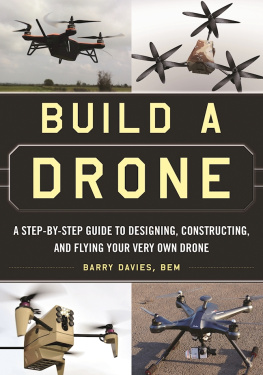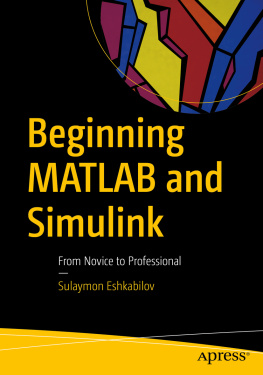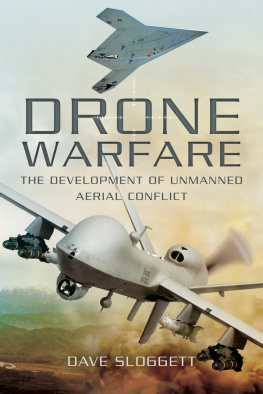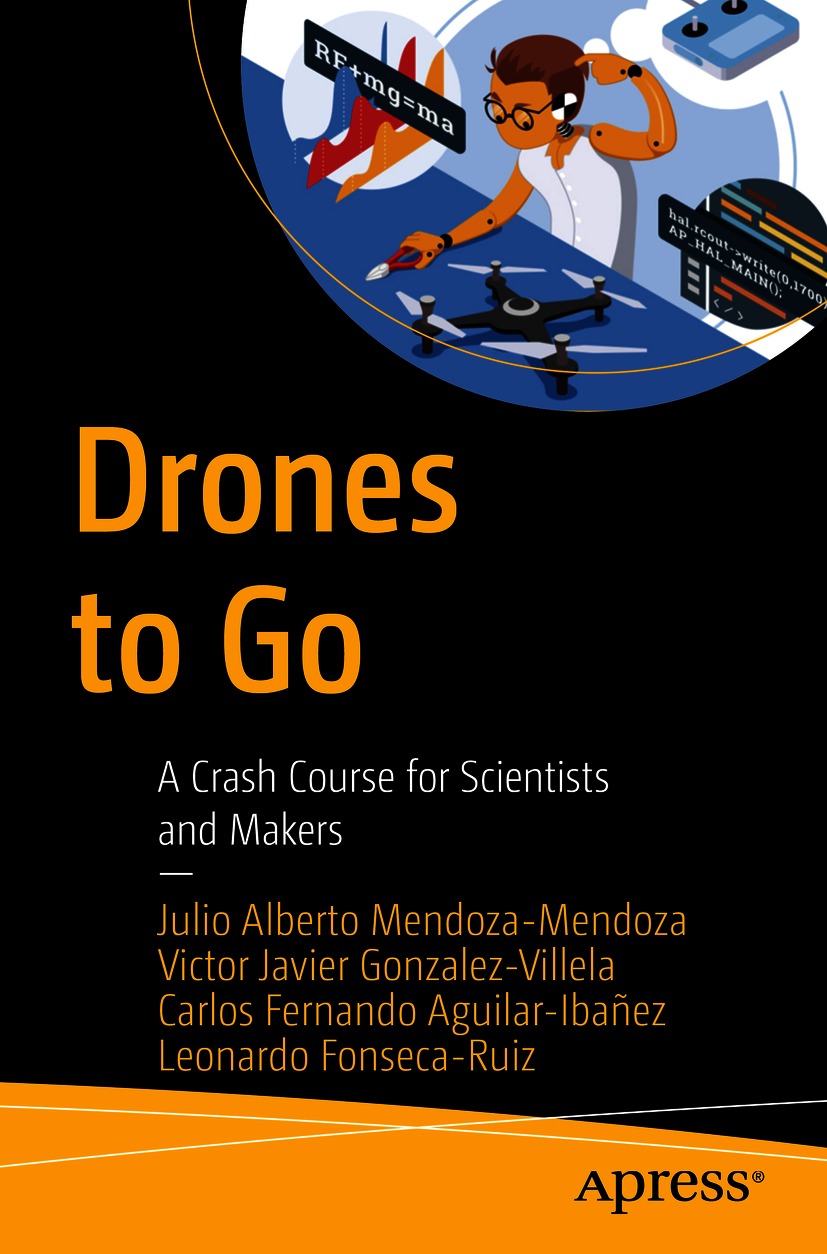Julio Alberto Mendoza-Mendoza
Centro de Ingenieria Avanzada, Facultad de Ingenieria UNAM, Coyoacan, Ciudad de Mexico, Mexico
Victor Javier Gonzalez-Villela
Centro de Ingenieria Avanzada, Facultad de Ingenieria UNAM, Coyoacan, Ciudad de Mexico, Mexico
Carlos Fernando Aguilar-Ibaez
CIC, Instituto Politecnico Nacional, Gustavo A Madero, Ciudad de Mexico, Mexico
Leonardo Fonseca-Ruiz
UPIITA, Instituto Politcnico Nacional, Gustavo A Madero, Ciudad de Mexico, Mexico
Any source code or other supplementary material referenced by the author in this book is available to readers on GitHub via the books product page, located at www.apress.com/978-1-4842-6787-5 . For more detailed information, please visit www.apress.com/source-code .
ISBN 978-1-4842-6787-5 e-ISBN 978-1-4842-6788-2
https://doi.org/10.1007/978-1-4842-6788-2
Julio Alberto Mendoza-Mendoza, Victor Javier Gonzalez-Villela, Carlos Fernando Aguilar-Ibaez, Leonardo Fonseca-Ruiz 2021
This work is subject to copyright. All rights are solely and exclusively licensed by the Publisher, whether the whole or part of the material is concerned, specifically the rights of translation, reprinting, reuse of illustrations, recitation, broadcasting, reproduction on microfilms or in any other physical way, and transmission or information storage and retrieval, electronic adaptation, computer software, or by similar or dissimilar methodology now known or hereafter developed.
The use of general descriptive names, registered names, trademarks, service marks, etc. in this publication does not imply, even in the absence of a specific statement, that such names are exempt from the relevant protective laws and regulations and therefore free for general use.
The publisher, the authors and the editors are safe to assume that the advice and information in this book are believed to be true and accurate at the date of publication. Neither the publisher nor the authors or the editors give a warranty, expressed or implied, with respect to the material contained herein or for any errors or omissions that may have been made. The publisher remains neutral with regard to jurisdictional claims in published maps and institutional affiliations.
Distributed to the book trade worldwide by Springer Science+Business Media New York, 1 NY Plaza, New York, NY 10014. Phone 1-800-SPRINGER, fax (201) 348-4505, e-mail orders-ny@springer-sbm.com, or visit www.springeronline.com. Apress Media, LLC is a California LLC and the sole member (owner) is Springer Science + Business Media Finance Inc (SSBM Finance Inc). SSBM Finance Inc is a Delaware corporation.
Foreword
This book can be considered as one of the most complete courses on drones and specifically on multicopters with special attention and focus on quadcopters. It is aimed at an audience ranging from makers to scientists. It contains the necessary elements of design, modeling, control, simulation, and programming, explained in a concise but extended way, especially in points that many texts ignore. Additionally, it merges maker knowledge and technical details with scientific knowledge and design details in a single book.
This book is the result of several years of research in the field. It has a staggered pedagogical design, so that the newcomer to the world of drones or the already embedded can obtain strong basis for learning more knowledge.
Detailed step-by-step deductions not available in other works are included, such as the extensive proof of the controllers and their simulations.
It is clearly indicated and with enough references how to extend the knowledge here developed to a wide variety of aircraft or aerial systems.
Finally, an appendix offers a very complete bibliography for those who like to extend their knowledge on the subject.
The text assumes that the readers have at least a high school or technical bachelors degree and understand concepts such as derivatives, integrals, basic ordinary differential equations, and notions of algorithms and programming.
Licenses and Copyrights
MATLAB and Simulink are registered trademarks of The MathWorks, Inc. See mathworks.com/trademarks for a list of additional trademarks.
ArduPilot libraries and Mission Planner software are GPLv3 license-free software. They can be redistributed and/or modified under GNU GPLv3 terms and restrictions as described by the Free Software Foundation ( www.fsf.org/ ). The code and programs are distributed with the hope of being useful but without any guarantee, even without the implied warranty of merchantability or capacity for a particular purpose. See the General Public License section of the GNU project for more details. ArduPilot libraries can be downloaded from http://ardupilot.org/dev/docs/apmcopter-programming-libraries.html .
PX4 libraries have a BSD 3-clause license ( https://opensource.org/licenses/BSD-3-Clause ).
The Pixhawk autopilot has a CC-BY-SA 3.0 license ( https://creativecommons.org/licenses/by-sa/3.0/deed.es ), which belongs to Lorenz Meier.
DroneKit-Python is licensed under the Apache License Version 2.0, January 2004 ( www.apache.org/licenses/ ).
Scilab is available under the GPL License. Xcos is freely available and distributed with Scilab.
With This Book, You Will Learn
An introduction to the five desirable skills to become a multicopter developer: design, modeling, control, simulation, and programming
An extended model on the mathematics of a multicopter, not present in any previous work and with a visual and pedagogical development, answering many of the doubts that remain in the air at the time of such explanations
A novel way to visualize the controllers of a multicopter, that is fully compatible with the existing state of the art
A detailed description of the controllers and their simulation, which is not widely disseminated in articles or other books and is usually reserved for classrooms
You can use this book as the basis for future learning in a small, highly visual, and easy-to-understand presentation.
The goal of this book is to unify the maker world with the scientific world through this type of aircraft, including design tips omitted in scientific books and scientific tips omitted in design books.
You can extend the acquired knowledge to the design and analysis of other types of vehicles with a moderate but systematic effort.
How to Read This Book
This book is divided into five sections that in our opinion are necessary for an acceptable level of knowledge for a drone designer:



